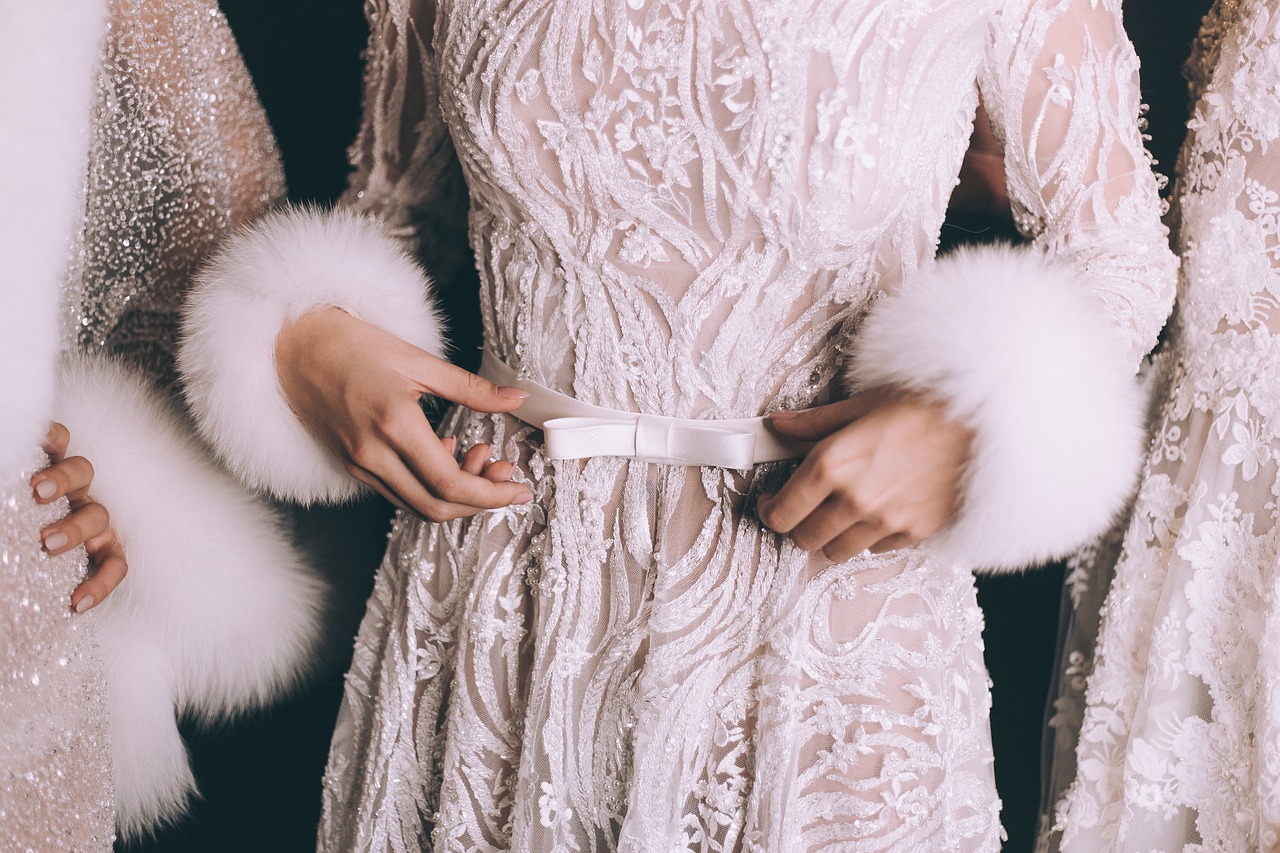
The Clean Beauty Movement: What You Need to Know
Introduction to Clean Beauty
The world of beauty has evolved drastically in recent years, and one of the most exciting developments is the rise of the clean beauty movement. But what does “clean beauty” really mean? Is it just a buzzword, or is it a fundamental shift in how we approach skincare and cosmetics? In this article, we’ll dive into the clean beauty movement, breaking down its principles, benefits, and potential challenges.
Defining Clean Beauty
At its core, clean beauty refers to beauty products that prioritize the health and well-being of both consumers and the planet. These products are free from harmful ingredients like parabens, sulfates, and synthetic fragrances, focusing instead on safer, non-toxic alternatives. The emphasis is on ingredient transparency and products that are produced sustainably and ethically.
Origins and Growth of the Movement
The clean beauty movement didn’t emerge overnight. It grew out of consumer demand for healthier, more ethical beauty products in response to the growing awareness about the harmful effects of chemicals and toxins found in many traditional beauty items. Over time, this shift has gained momentum, with more brands adopting clean beauty practices, more regulations being put into place, and consumers becoming more educated about what they put on their skin.
Key Principles Behind Clean Beauty
Clean beauty is rooted in several core principles. These principles ensure that consumers are not only looking out for their own health but also considering the broader environmental and ethical impacts of their beauty choices.
Ingredient Transparency
One of the most essential aspects of clean beauty is ingredient transparency. Brands that fall under the clean beauty umbrella disclose every ingredient used in their products, making it easy for consumers to make informed choices. No hidden chemicals, no mystery ingredients—just pure and clear formulations.
Safe and Non-Toxic Ingredients
At the heart of clean beauty is the commitment to using safe, non-toxic ingredients. Unlike conventional beauty products that often contain parabens, phthalates, and other potentially harmful chemicals, clean beauty products are free from these substances. Instead, they focus on naturally derived ingredients that nourish the skin without posing health risks.

Eco-Friendly and Sustainable Practices
Another key element of clean beauty is sustainability. Clean beauty brands often prioritize eco-friendly packaging and sustainable sourcing of ingredients. This means less waste, better choices for the environment, and a focus on using renewable resources, which is a growing concern in today’s world of fast fashion and plastic waste.
The Benefits of Clean Beauty Products
Clean beauty isn’t just about avoiding harmful ingredients—it also offers a range of health and environmental benefits. Let’s explore some of the most notable perks.
Health Benefits for Your Skin
One of the main draws of clean beauty is its positive impact on skin health. By avoiding irritating chemicals and harsh ingredients, clean beauty products can help reduce the risk of skin issues like acne, sensitivity, and eczema. Many clean beauty brands also emphasize the use of hydrating, soothing ingredients that nourish and protect the skin.
Environmental Impact
Clean beauty goes hand-in-hand with a desire to reduce our environmental footprint. Many clean beauty products come in recyclable, biodegradable packaging, helping to combat the ever-growing problem of plastic waste. Additionally, by supporting brands that prioritize sustainable sourcing, you’re contributing to a healthier planet.
Clean Beauty vs. Natural Beauty
You might have heard the terms “clean beauty” and “natural beauty” thrown around interchangeably, but are they really the same thing? Let’s break down the key differences.
The Difference in Definitions
While both clean beauty and natural beauty prioritize non-toxic, safe ingredients, they aren’t exactly the same. Clean beauty focuses on transparency and eliminating harmful chemicals, but natural beauty tends to emphasize ingredients that are derived from nature. However, just because something is natural doesn’t automatically make it safe or effective.
Understanding “Organic” and “Natural”
Confusing matters further, the terms organic and natural are often used in marketing without clear definitions. Organic beauty products must meet specific agricultural standards and avoid the use of pesticides, while natural beauty products may use plant-based ingredients but still contain additives and synthetic substances.
Navigating the Clean Beauty Market
With the rise of clean beauty, many brands are jumping on the bandwagon, but not all products labeled “clean” are created equal. It can be difficult to separate the truly clean brands from those that are simply using the term as a marketing ploy.
Identifying Trusted Brands
When shopping for clean beauty products, it’s crucial to research and identify brands with a proven track record of transparency and ethical practices. Look for third-party certifications and endorsements from trusted organizations to ensure that you’re getting high-quality, safe products.
How to Read Labels and Certifications
Understanding product labels is key to navigating the clean beauty market. Look for certifications such as Cruelty-Free, EcoCert, and USDA Organic. These seals can provide added assurance that the product aligns with the clean beauty principles you care about.
Common Misconceptions about Clean Beauty
While clean beauty has grown in popularity, several misconceptions still surround the movement. Let’s take a look at some of the most common myths.
The “Clean” Label Doesn’t Always Mean Safe
Just because a product is labeled “clean” doesn’t always mean it’s entirely safe or effective. The clean beauty industry lacks standardized regulations, which allows some brands to stretch the definition of clean to suit their marketing needs.
The Cost of Clean Beauty Products
Clean beauty products are often marketed as premium, and while some do carry a higher price tag, there are also affordable options on the market. It’s important to balance cost vs. value, considering the quality of ingredients and the benefits to both your skin and the planet.
The Future of the Clean Beauty Movement
As more people become aware of the harmful effects of chemicals in their beauty products, the clean beauty movement is likely to keep growing. But what does the future hold for this industry?
Innovations and Trends
We can expect to see continued innovation in clean beauty. From lab-grown ingredients to more sophisticated packaging solutions, the next wave of clean beauty will likely include cutting-edge technology aimed at creating more effective, eco-friendly products.
Clean Beauty in the Digital Age
In the digital age, clean beauty brands are increasingly turning to social media platforms and influencers to educate consumers and promote their products. As consumers become more knowledgeable, the industry is shifting toward even greater transparency and accountability.
Conclusion
The clean beauty movement has reshaped the way we think about skincare and cosmetics. It’s more than just a trend—it’s a reflection of a larger cultural shift toward health, sustainability, and transparency. By choosing clean beauty, you’re not only prioritizing your skin’s health but also contributing to a more sustainable, ethical world.
FAQs
- What is the difference between clean beauty and natural beauty? Clean beauty focuses on non-toxic, safe ingredients, while natural beauty emphasizes plant-based, organic ingredients.
- Are clean beauty products more expensive? While some clean beauty products can be expensive, there are affordable options available, depending on the brand and ingredients.
- How can I tell if a product is truly clean? Look for certifications such as Cruelty-Free, EcoCert, or USDA Organic, and research the brand’s ingredient transparency.
- Are clean beauty products effective? Yes, clean beauty products can be just as effective, if not more so, than conventional products, as they focus on high-quality ingredients.
- Can I trust all brands that claim to be clean? Not always. It’s important to research brands, read labels, and look for third-party certifications to ensure the product aligns with clean beauty standards.




